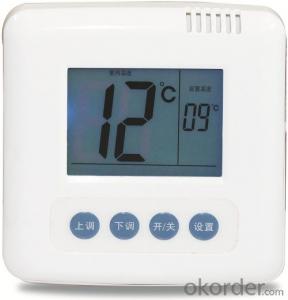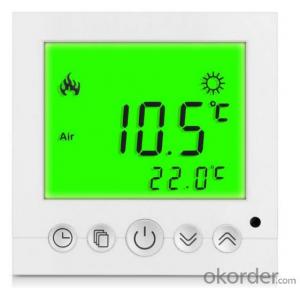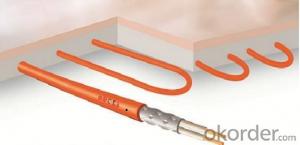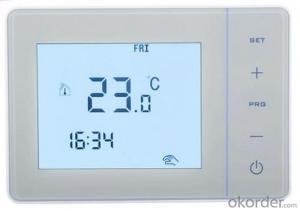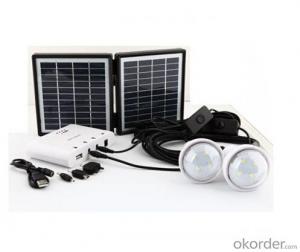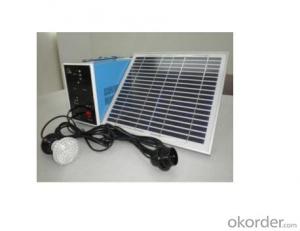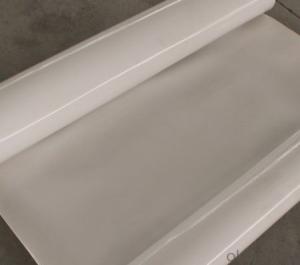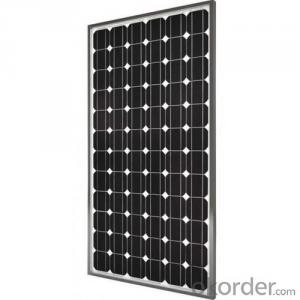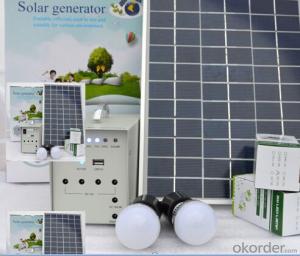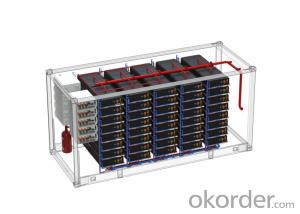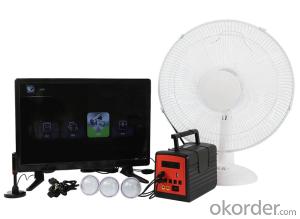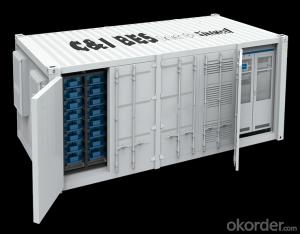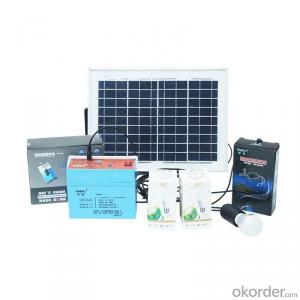Complete Solar Inverter System
Complete Solar Inverter System Related Searches
Primer For Galvanized Steel H S Code For Stainless Steel Wd 40 For Stainless Steel Spray Paint For Stainless Steel Glue For Stainless Steel Step Bit For Stainless Steel Magnets For Stainless Steel Caulking For Stainless Steel Steel Vessels For Kitchen Best Solar Inverter For HomeHot Searches
Steel Mesh Panels For Sale Cheap High Tea Sets For Sale High Density Fiberboard For Sale Solar Hot Water Collectors For Sale Scaffolding For Sale In Uae Scaffolding For Sale In Ireland Scaffolding For Sale In Houston Type Of Inverter For Solar Price Of Shipping Containers For Sale Used Solar Inverter For Sale Portable Led Signs For Sale Stone Hot Water Bottles For Sale Large Led Screens For Sale 1/4 Aluminum Plate For Sale H4 Led Headlight Bulbs For Sale Flexible Solar Cells For Sale Air Pump For Aquarium Price Inverter Size For Solar System Solar Edge Inverter For Sale Aluminum Bar Stock For SaleComplete Solar Inverter System Supplier & Manufacturer from China
Okorder.com is a professional Complete Solar Inverter System supplier & manufacturer, offers integrated one-stop services including real-time quoting and online cargo tracking. We are funded by CNBM Group, a Fortune 500 enterprise and the largest Complete Solar Inverter System firm in China.Hot Products
FAQ
- There are several different mounting options available for solar energy systems, depending on the specific requirements and constraints of the installation site. Some of the common mounting options are: 1. Roof-mounted systems: This is the most common and popular mounting option for residential solar installations. Solar panels are installed on the roof of the building using special mounting brackets. They can be installed on various types of roofs, including asphalt shingles, metal roofs, and tile roofs. Roof-mounted systems are space-efficient and generally have minimal impact on the aesthetics of the building. 2. Ground-mounted systems: Ground-mounted solar systems are installed on the ground, typically using metal frames or poles. These systems are suitable for large residential or commercial installations where there is ample available land. Ground-mounted systems offer more flexibility in terms of panel orientation and tilt angle, allowing for optimal sunlight exposure. 3. Carport or canopy-mounted systems: Solar panels can also be installed on carports or canopies, providing dual benefits of generating clean energy while providing shade and protection for vehicles or outdoor spaces. These systems are often used in commercial or public parking lots, and they can help reduce the overall carbon footprint of the site. 4. Pole-mounted systems: In certain cases, solar panels can be mounted on poles or trackers to optimize their exposure to sunlight throughout the day. Pole-mounted systems are commonly used in areas with limited space or where ground-mounted or roof-mounted installations are not feasible. 5. Integrated or building-integrated systems: Building-integrated photovoltaics (BIPV) allow solar panels to be seamlessly integrated into the building's structure, replacing conventional building materials such as windows, façades, or roof tiles. BIPV systems offer architectural flexibility and are often used in new construction or retrofit projects where aesthetics are a priority. Each mounting option has its advantages and considerations, such as cost, space availability, aesthetics, and local regulations. It is crucial to assess the specific needs and limitations of the site to determine the most suitable mounting option for a solar energy system.
- A solar energy system and a solar thermal system both harness energy from the sun, but they differ in terms of how they convert and utilize that energy. A solar energy system, also known as photovoltaic (PV) system, uses solar panels made up of photovoltaic cells to directly convert sunlight into electricity. These solar panels contain semiconductor materials that create an electric current when exposed to sunlight. The electricity generated by the PV system can be used to power various electrical devices, such as lights, appliances, and even an entire house or building. It can also be stored in batteries for later use or fed back into the grid. On the other hand, a solar thermal system primarily focuses on utilizing the sun's energy to heat water or air. This system typically consists of solar collectors, which absorb sunlight and convert it into heat energy. The collected heat is then transferred to a fluid (usually water or anti-freeze) that circulates through the system. In a water-based solar thermal system, the heated fluid can be used directly for domestic hot water or space heating purposes. In contrast, an air-based solar thermal system uses the heated air to warm up indoor spaces. In summary, the main difference between a solar energy system and a solar thermal system lies in how they convert and utilize solar energy. A solar energy system converts sunlight directly into electricity, while a solar thermal system converts sunlight into heat energy for heating water or air.
- Solar energy systems can have a positive impact on property value. Studies have shown that homes with solar panels tend to sell for a higher price compared to similar homes without them. This is because solar panels reduce energy costs, provide a sustainable energy source, and can even generate income through net metering. Additionally, potential buyers are increasingly interested in eco-friendly and energy-efficient features, making solar energy systems an attractive investment that can enhance property value.
- Solar energy systems can indeed be utilized for the purpose of powering electric vehicle solar charging stations at rest areas. By installing solar panels at these locations, sunlight can be captured and converted into electricity. This generated electricity can then be employed to fuel the charging stations, offering a means for electric vehicles to charge their batteries using clean and renewable energy. This incorporation of solar charging stations presents a noteworthy opportunity to efficiently and sustainably employ solar energy, thus diminishing dependence on fossil fuels and reducing carbon emissions. Furthermore, the integration of energy storage systems, such as batteries, with these charging stations allows for the storage of surplus electricity produced during the day. This stored energy can then be utilized during the night or on cloudy days, ensuring constant availability of charging services even when sunlight is not readily available. Ultimately, the utilization of solar energy systems to power electric vehicle charging stations at rest areas proves to be a solution that is both environmentally friendly and economically feasible.
- Solar energy systems can have a positive impact on air conditioning costs by reducing or eliminating the need for traditional electricity consumption. By harnessing the power of the sun to generate electricity, solar energy systems can significantly lower energy bills and reduce the overall cost of cooling a space.
- Noise concerns may arise when using solar energy systems, though they are generally quiet. One of the main sources of noise is the inverter, which converts DC electricity from the panels into AC electricity for use. The inverter may emit a low humming noise, similar to that of a fridge or AC unit. However, the noise level is typically very low and not considered disruptive. Fortunately, advancements in technology have led to the development of quieter inverters that produce minimal noise. Some inverters have noise reduction features like soundproof enclosures or low-noise fans. Additionally, the location of the inverter can help minimize noise concerns. Placing it in a well-insulated area, away from living spaces, can further reduce potential noise disturbances. It's important to note that other components of a solar energy system, such as mounting structures and wiring, do not generate significant noise. Solar panels themselves are noiseless as they rely on sunlight for electricity generation, without any moving parts. In conclusion, while certain components of solar energy systems may have noise concerns, advancements in technology and proper installation practices have greatly reduced potential disruptions.
- Solar energy systems can be installed on any building type, given there is enough sunlight for effective functioning. Whether it be a residential house, commercial building, or industrial facility, solar panels can be placed on rooftops, facades, or even as separate structures like solar carports or ground-mounted systems. The only requirement is that the building or site has enough space for installation and receives adequate direct sunlight throughout the day. It is also crucial to consider structural integrity, orientation, and shading factors for optimal solar energy system performance. With advancements in solar technology and flexible installation choices, solar energy systems can effortlessly be adapted to suit any building or structure.
- Certainly, it is possible to install a solar energy system on a barn or agricultural building. In fact, an increasing number of farmers and agricultural businesses are embracing solar energy to fulfill their electricity requirements. There are numerous advantages to installing solar panels on barns or other agricultural structures. To begin with, barns and agricultural buildings often boast spacious rooftops or open areas, which provide ample room for the installation of solar panels. This enables efficient utilization of solar energy and can result in the generation of a substantial amount of electricity. Additionally, the installation of a solar energy system on a barn or agricultural building can assist in reducing or even eliminating electricity costs for the property. This is particularly advantageous for farmers, who typically have high energy consumption due to the operation of various equipment such as irrigation systems, lighting, ventilation, and machinery. Furthermore, solar energy systems are ecologically friendly and produce clean, renewable energy. By installing solar panels, farmers can significantly decrease their carbon footprint and contribute to a more environmentally sustainable future. Moreover, many governments and utility companies offer financial incentives, grants, or tax credits to encourage the adoption of solar energy systems. These incentives can help offset the initial installation costs and make investing in solar energy more affordable for farmers. Lastly, a solar energy system on a barn or agricultural building can serve as a backup power source during power outages, ensuring uninterrupted critical operations. In conclusion, installing a solar energy system on a barn or agricultural building is not only possible but also highly advantageous. It enables farmers to reduce energy costs, minimize their environmental impact, and potentially generate additional income through incentives or by selling excess electricity back to the grid.
